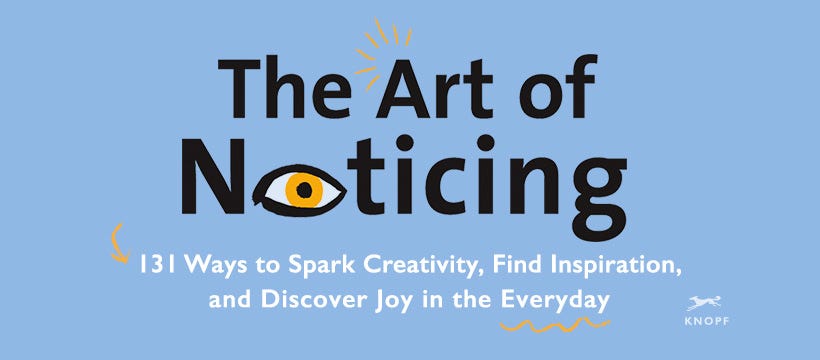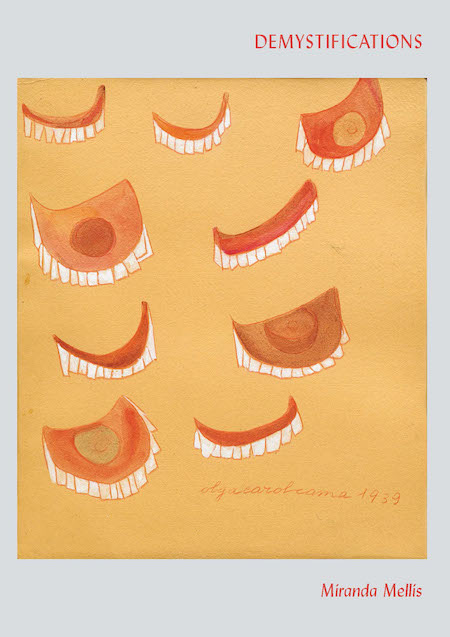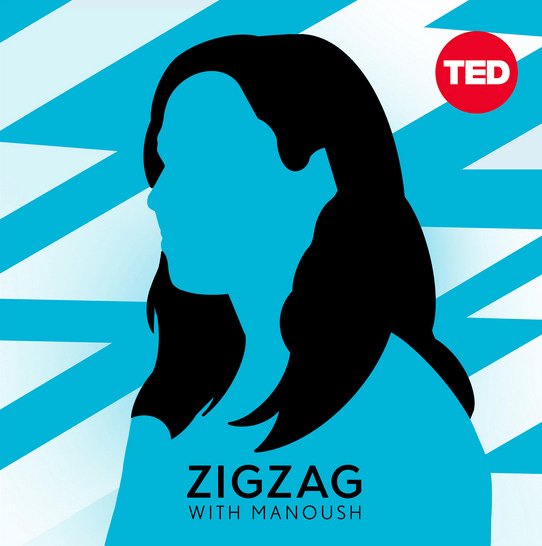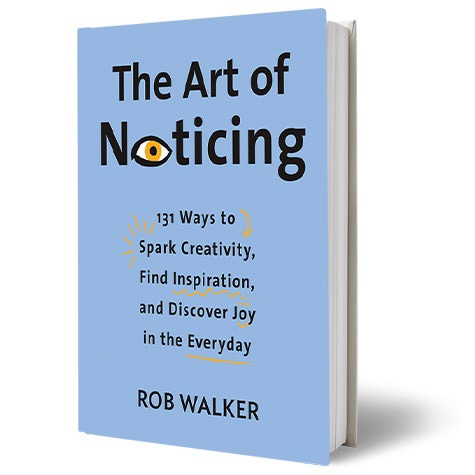Olfactory Work
TAoN No. 69: Developing a scent sensibility. PLUS: Lucid Napping with Miranda Mellis, something to notice, a new icebreaker, and more
The Art of Noticing: 131 Ways to Spark Creativity, Find Inspiration, and Discover Joy In the Everyday offers exercises, prompts, provocations, games and things you can actually do to build attention muscles, stave off distraction, pick up on what everybody else overlooked, and experience the joy of noticing. Indiebound | Amazon | Barnes & Noble | Knopf. This newsletter offers related news and ideas that have come along since the book.
Scents: a Sensibility
THE PROMPT: Find language to describe the scents — the smells — you encounter this week.
In an essay earlier this year, the terrific New Yorker writer Rachel Syme assessed a couple of new books on the subject of scents, and made an important point along the way. She writes:
“Our sense of smell has many functions: it’s a warning system, a taste enhancer, a pheromone alarm. But it is also an instrument for wonder, for noticing that which we often take for granted, and for which we rarely have a name.”
It’s true. There are obvious exceptions — and less-obvious but really fun ones like petrichor: “the sublime scent emitted when rain hits rocks or pavement.” But the larger point holds: We tend to be very visual creatures. And as it happens, our neglect of smell’s potential got specific attention in a recent roundup in the BPS Research Digest on getting beyond our usual sensory habits. “Smell is not hugely regarded, or developed, in many people in Western cultures,” writer Emma Young observes. But this isn’t a fixed state of affairs. Research involving hunter-gatherer groups has found that “we have the biological capacity to smell extraordinarily well” — if we work at it.
Experts, Young writes, “advocate consciously smelling different things, often.” That consciously bit seems to be key. Young’s experts encourage asking yourself why you like one smell over another, or working to distinguish among similar-seeming scents. Almost like writing smell reviews.
This brings me back to Syme. Her essay describes her own keen interest in scent and how it translated into writing about fragrances — and how much trickier that was than she’d anticipated. As she writes:
“The olfactory world is more private than we may think: even when we share space, such as a particularly ripe subway car, one commuter may describe eau d’armpit as sweet Gorgonzola cheese, another will detect rotting pumpkin, and a third a barnyardy, cayenne tang. What surprised me is that using phrases like ‘barnyardy, cayenne tang’ is a perfectly valid, even preferred, way to write about nasal experiences.”
This suggests a useful and easy way to put yourself on alert for smells and engage with them. For a few days or a week, make an effort to notice what your nose detects, good or bad — and try to describe it.
How you describe it is really up to you. If you’re looking to try more advanced nasal maneuvers, Syme’s essay reviews the books Nose Dive: A Field Guide to the World’s Smells (which takes a more scientific approach to taxonomizing scents) and Smells: A Cultural History of Odours in Early Modern Times (which takes the subject from a socio-economic angle).
Or if (like me) you’re not a particularly scent-oriented person, the more immediate payoff is simply prompting yourself to notice what smells you actually do notice, but never really thought about. (The smell of the Sunday newspaper is a good example I randomly encountered since I started thinking about this.)
Either way, I think the act of trying to capture scent in language is a useful trick. So just go with what engages you: Write a description or just turn it over in your head; strive for concision or go full-on poetic; judge the seductive and the repulsive extremes or hunt the elusive points in between; save up and share the results or keep your findings to yourself. Follow your nose! (Okay, sorry.)
If you find you’re really into this subject, check out the “Scent Walk” prompt in The Art of Noticing book — and definitely read Syme’s piece, here.
Lucid Napping, with Miranda Mellis
Friend and hero of TAoN Miranda Mellis has a new book coming out, Demystifications, a wonderful set of 99 poetic aphorisms and meditations that I immediately devoured. (Miranda has been a repeat contributor to Significant Objects/Project:Object because Josh Glenn and I are both such fans of her nonstop creativity and truly original point of view.) It occurred to me that she’d be a great person to ask about any noticing-centric rituals she might have. I had a feeling she’d have a killer answer, and she did:
“I'm starting to get sleepy as I read on the couch so I lie down, but instead of going right to sleep, I start noticing my thoughts, coming alongside them, each one its own little parable, from para, alongside. I'm not lucid dreaming because I'm not asleep. But I'm not awake in the ordinary sense either, nor am I meditating. I'm in a luminous in-between state of hypnagogia where I can easily see that the thousands of thoughts that somersault around, which I customarily don't notice while still being identified with them, are just so many sketchy hitchhikers. Ordinarily I pick them up, most of them, I give them the wheel, they drive us off the road into a ditch. I wake up wondering how I got there.
“Noticing while napping I get a little space from the drunk crowds of the mind. I observe the hectic carnival — ‘get on this ride! say this! feel that! look over there! watch this!’ — and it makes me laugh. I see, and I become see-through, parabolic. Lacan said the unconscious is structured like a language. The funny thing about the unconscious is, it's always right here.”
Perfect. Thanks, Miranda!
Pre-order Demystifications from Solid Objects, here.
Something To Notice
“Something To Notice” is an occasional series made up of simple suggestion for something you might want to make an effort to notice in the weeks ahead. That’s it. (“The Dictionary of Missing Words” series will return next issue.) This week’s suggestion comes from reader Adam Jeselnik.
The first bird of the day
Back story: “I've started to take a mental note of the first bird I see each day,” Jeselnik says. “There are probably hundreds of different species of birds that live in the forest near my home, and while there are some regulars — blue jays, quail, sparrows — there have been some surprising new birds that I had never noticed before. Looking out my front door, listening to the bird song, and waiting to see what appears in the garden is a simple happiness each morning, and I usually learn something from the unhurried motion of these creatures.”
This suggestion has stuck with me even though (or specifically because?) I don’t really know much about birds. For me the key has been to just let it happen: Some days I probably non-consciously hear and see scores of birds before, finally, I suddenly truly notice one. Recents have been a crow, a heron, a woodpecker (sound only, pointed out by E), a funny little small bird I don’t know the name of, a chicken, and just today, two mockingbirds hassling a crow.
Thanks, Adam!
Have a suggestion for Something To Notice? Tell me: consumed@robwalker.net or in the comments.
Icebreaker Of The Week
Noticing is about other people, too. The Icebreaker series aims to help with that. There’s a central collection spot for all the icebreakers to date, here. || There’s also an Icebreaker Slack app, here. (Back story on that here.)
This week’s icebreaker comes from reader Caleb Wright.
If you were a boat, what kind of boat would you be? And why?
“A manager asked me this one time,” Caleb writes. “I’ve thought about the question a lot and I use it all the time and get the most interesting answers. It could be a historical boat or just the kind of boat. I said I wanted to be a speed boat because it would be fun to be really fast. My manager said a pontoon so he could be the hangout spot for friends.”
Well I like this one because it seems really weird to me! And I love a weird icebreaker. (My instinct is to say I’d be a container ship? Actually, maybe a junk — because that’s such a great name.)
Thanks, Caleb!
As usual, I’m still working through the backlog of icebreaker submissions, but as always, I want more:
Send your favorite icebreaker (whether you made it up or found it elsewhere) to consumed@robwalker.net
In Other News
The ZigZag Project is a six-step series from friend of TAoN Manoush Zomorodi to help you “map out a path that aligns your personal values with your professional ambitions.” I appear in episode three, which is focused on “Weird Ideas.” (Fitting!) Check it out here.
Note for urban design geeks from Laura Olin’s newsletter: “‘Mr. Barricade’ on TikTok is a civil engineer in San José who delightfully explains aspects of urban planning and design like fully protected intersections that are safer for bikers and cars, curbless streets, and asphalt crack-sealing (i.e., those dark wiggles you see on the road without totally knowing what they are).” He also dabbles in standard TikTok foolishness, but the design stuff can be pretty fun.
Longtime pal of TAoN Jack Crager describes his 15-minute city on the Upper West Side of Manhattan.
Have you ever encountered a Quonset Hut?
Photographer Matthew Chattle, documenting social distancing signage. Via Things Magazine Tumblr.
If you missed it somehow, here’s Austin Kleon responding to the “languishing” diagnosis of the late-pandemic era. Useful.
Vivaldi Concerto No. 2 in G Minor, Op. 8, RV 315 “L’estate”: I. Allegro mà non molto: the music … and the poem by francine j. harris.
Lastly: “You were made and set here to give voice to this, your own astonishment.” And more from Annie Dillard.
Okay that’s it! Next issue in two weeks.
As always, I value your feedback (suggestions, critiques, positive reinforcement, constructive insults, etc.), as well as your tips or stories or personal noticing rituals, things we need a word for, and of course your icebreakers: consumed@robwalker.net. Or use the comments!
Thanks for reading …
rw
P.S. If you enjoyed this, click the heart symbol, share it and/or sign up here: robwalker.substack.com.
Twitter | Medium | RobWalker.net | NB: I use (some) Amazon Affiliate links
All this by Rob Walker PO Box 171, 748 Mehle St., Arabi LA 70032
To unsubscribe see the grey box at the bottom of the email.







Words we need: the feeling of sadness on Mother's Day when your mom is no longer living
The quonset hut link is broken :(